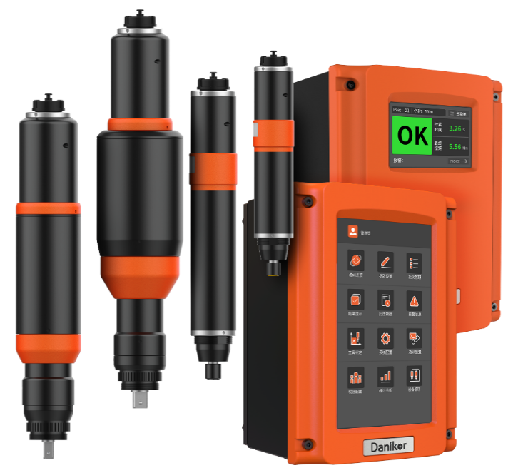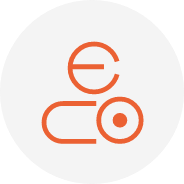In the design of automated production lines, many engineers often wonder whether a handheld torque screwdriver—a traditional manual tool—can be integrated into an automated workstation to perform automated tasks. In fact, with the development of industrial smart technologies, handheld torque screwdrivers with advanced control functions have broken the limitations of being purely "manual tools." Take the Danikor handheld torque screwdriver as an example: through multi-dimensional technological innovation, it can stably meet the requirements of automated workstations and become a flexible option for automated tightening solutions.

1. Multiple Remote Control Methods for Deep Integration with Automation Systems
The core requirement of an automated workstation is that the equipment can receive unified control commands and work collaboratively. The Danikor handheld torque screwdriver has significant advantages in control compatibility. It supports a variety of remote control protocols such as IO, RS485, Modbus RTU, and TCP/IP, and can be directly connected to a factory’s MES (Manufacturing Execution System) and PLC (Programmable Logic Controller) modules, forming a complete control loop of "command issuance – execution – data feedback."
In practical applications, when an automated workstation initiates a tightening process, the PLC can send torque parameters, tightening angles, and other instructions to the handheld torque screwdriver through preset programs. The screwdriver then automatically performs the tightening operation. After completion, the screwdriver transmits real-time data such as torque values, tightening results, and execution time back to the MES system, enabling full traceability of production data. This seamless integration allows the handheld torque screwdriver to work collaboratively with conveyor belts, robotic arms, inspection equipment, and other components of the automated workstation, forming a closed-loop automated control system that fully meets the control requirements of automated workstations.
2. Meeting Torque Requirements to Ensure Operational Stability in Automated Workstations
Automated workstations have strict requirements for tightening accuracy and stability. The Danikor handheld torque screwdriver offers reliable performance in torque control. Users can select the appropriate model based on the torque range required by the automated workstation. Under the premise of meeting torque parameters, the device uses built-in high-precision sensors to monitor torque changes in real time during the tightening process. When the preset torque value is reached, the screwdriver automatically stops to avoid over-tightening or under-tightening.
Compared to traditional manual operations, the Danikor handheld torque screwdriver integrated into an automated workstation eliminates the force deviation caused by human operation and ensures consistency in every tightening task. For example, in automotive parts assembly workstations, the device can automatically adapt to different bolt specifications by calling preset torque programs through the PLC, ensuring stable assembly quality and reducing efficiency losses caused by manual intervention.
3. Intelligent Functions Adapt to Multi-Scenario Needs of Automated Workstations
The Danikor handheld torque screwdriveris also equipped with several intelligent functions that further enhance its suitability for automated workstations. It features multi-stage control, allowing users to set multiple torque and speed stages according to tightening process requirements. For instance, it can first pre-tighten bolts at low speed and then complete the final tightening at high torque, meeting the process needs of complex assembly scenarios. The multi-task management function allows the device to store multiple sets of tightening parameters. When the automated workstation switches production tasks, there is no need for manual reconfiguration—corresponding parameters can be quickly called through system commands, improving workstation switching efficiency.
In addition, the device supports real-time data recording and uploading. During the automated tightening process, data from each operation is automatically stored and synchronized to the cloud or a local server. Users can access and review this data at any time through the system backend, facilitating production quality analysis and problem traceability. This model of "automated execution + data-driven management" not only meets the production needs of automated workstations but also provides data support for intelligent factory management.
From control compatibility and operational stability to functional adaptability, the Danikor handheld torque screwdriver has the capability to be integrated into automated workstations. It breaks the traditional perception that "handheld tools can only be operated manually" and becomes a flexible tightening solution in automated production lines through multi-protocol remote control, precise torque control, and intelligent functions. In industries such as electronics manufacturing, automotive assembly, and home appliance production—where high tightening accuracy and automation are required—this type of handheld torque screwdriver is offering companies new options for optimizing automated workstation configurations and improving production efficiency, helping factories achieve efficient and stable automated production.











